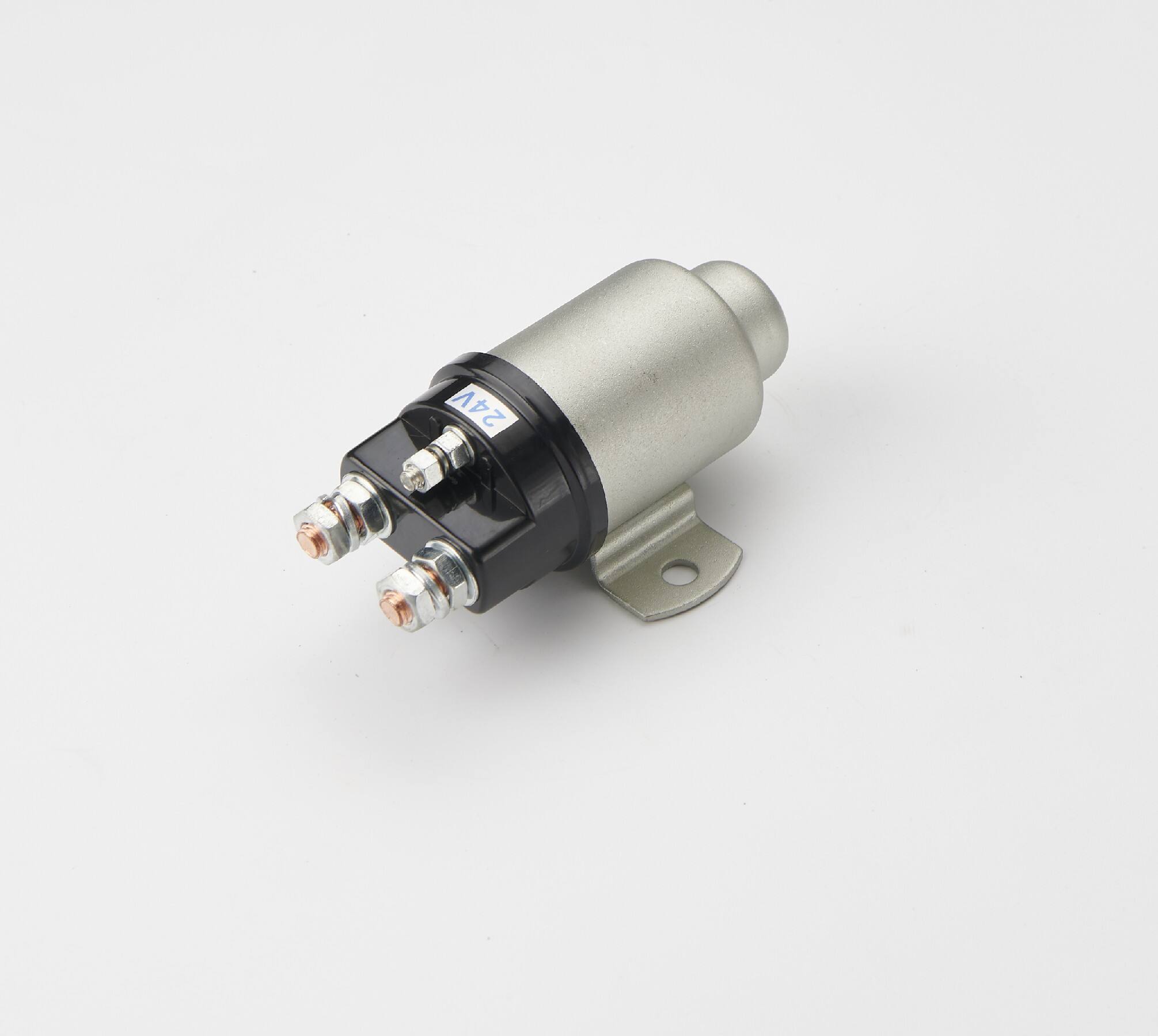Understanding the Critical Role of Automotive Starting Systems
The starter solenoid serves as the heart of your vehicle's starting system, acting as the crucial link between your ignition switch and the starter motor. This vital component enables the high-current connection needed to power up your engine, transforming a simple key turn into the symphony of a running motor. When your starter solenoid functions properly, you rarely give it a second thought. However, when issues arise, understanding its operation becomes paramount for every vehicle owner.
Modern vehicles rely heavily on the seamless operation of their starter solenoid to initiate the engine starting process. This electromagnetic switch has evolved significantly since its introduction, yet its fundamental purpose remains unchanged: to engage the starter motor and deliver the necessary power to turn over your engine.
Essential Components and Functions of the Starting System
Anatomy of a Starter Solenoid
The starter solenoid consists of several intricate parts working in harmony. At its core, you'll find a copper wire coil that creates a magnetic field when energized. This magnetic field powers the plunger, which moves to connect the battery's high-current circuit to the starter motor. The solenoid also features contacts that handle the heavy electrical current and a return spring that resets the mechanism after starting.
Understanding these components helps diagnose potential issues and ensures proper maintenance. The housing protects these delicate parts from environmental factors, while internal bushings and terminals maintain proper alignment and electrical connectivity.
Integration with Vehicle Electronics
Modern starter solenoids interface with sophisticated vehicle electronics, including anti-theft systems and electronic control modules. This integration requires precise timing and communication between various components. The starter solenoid receives signals from the ignition switch and processes them to engage the starting sequence safely and efficiently.
Advanced diagnostic systems can now monitor starter solenoid performance, providing early warning signs of potential failures. This technological evolution has made troubleshooting more precise but also more complex, requiring specialized knowledge and tools.
Common Signs of Starter Solenoid Problems
Audible Warning Signals
When a starter solenoid begins to fail, it often announces its distress through distinct sounds. A single loud click when turning the key typically indicates a faulty solenoid, while rapid clicking suggests insufficient power reaching the component. Understanding these acoustic signals helps pinpoint whether the starter solenoid requires attention or if other starting system components are at fault.
Other unusual sounds, such as grinding or whining, may indicate mechanical issues within the starter motor itself or problems with the solenoid's engagement mechanism. Paying attention to these auditory clues can prevent more severe damage and costly repairs.
Visual and Performance Indicators
Physical inspection can reveal valuable information about your starter solenoid's condition. Corroded terminals, damaged wiring, or visible wear on the solenoid housing are clear signs of potential problems. Sometimes, you might notice burn marks around the electrical connections, indicating excessive current flow or poor contact.
Performance-related symptoms include slow engine cranking, intermittent starting problems, or complete starting failure. These issues might worsen in extreme temperatures or after the engine has been running for extended periods.
Professional Testing Procedures and Equipment
Diagnostic Tool Requirements
Professional testing of a starter solenoid requires specific equipment designed for automotive electrical systems. A high-quality multimeter capable of measuring voltage and resistance becomes essential for accurate diagnostics. Additionally, specialized starting system analyzers can provide comprehensive testing of the entire starting circuit, including the starter solenoid's performance under load.
Safety equipment, including insulated tools and protective gear, ensures secure testing procedures. The right combination of diagnostic tools and safety equipment enables thorough and accurate assessment of starter solenoid function.
Step-by-Step Testing Protocol
Professional technicians follow a systematic approach to testing starter solenoids. This begins with a visual inspection and progresses to electrical testing of the solenoid's circuits. Voltage drop tests across the solenoid help identify resistance issues, while current draw measurements ensure proper operation under load.
Advanced testing may include oscilloscope analysis to observe the solenoid's electrical behavior during operation. This detailed information helps identify intermittent problems or subtle performance issues that might not be apparent through basic testing.
Maintenance and Preventive Care
Regular Inspection Routines
Implementing a regular maintenance schedule for your starter solenoid can significantly extend its service life. Monthly visual inspections of the electrical connections, mounting hardware, and wiring can identify potential issues before they become serious problems. Clean connections and proper terminal tightness ensure optimal current flow and reliable operation.
Environmental factors like extreme temperatures, moisture, and road salt can accelerate wear on starter solenoid components. Regular cleaning and protection of electrical connections help prevent corrosion and maintain reliable performance.
Protective Measures and Best Practices
Protecting your starter solenoid from environmental damage requires proactive measures. Using dielectric grease on electrical connections helps prevent corrosion, while ensuring proper battery maintenance reduces stress on the starting system. Regular engine tuning and maintenance contribute to easier starting, which reduces wear on the starter solenoid.
Following manufacturer-recommended service intervals and using quality replacement parts when needed helps maintain optimal starting system performance. This attention to detail can prevent unexpected failures and extend the life of your starter solenoid.
Frequently Asked Questions
How long does a typical starter solenoid last?
A well-maintained starter solenoid typically lasts between 80,000 to 150,000 miles, though this can vary significantly based on usage patterns, environmental conditions, and vehicle maintenance. Regular inspection and proper care can help maximize its lifespan.
What causes premature starter solenoid failure?
Several factors can lead to early failure, including excessive heat from repeated short starting attempts, electrical system problems like a weak battery, physical damage from road debris, and corrosion from environmental exposure. Proper maintenance and prompt attention to starting system issues help prevent premature failure.
Can I replace a starter solenoid myself?
While it's possible to replace a starter solenoid as a DIY project, it requires mechanical knowledge, proper tools, and safety precautions. Many modern vehicles have complex electrical systems that make this task challenging. Professional installation ensures proper fitting and testing of the new component.




